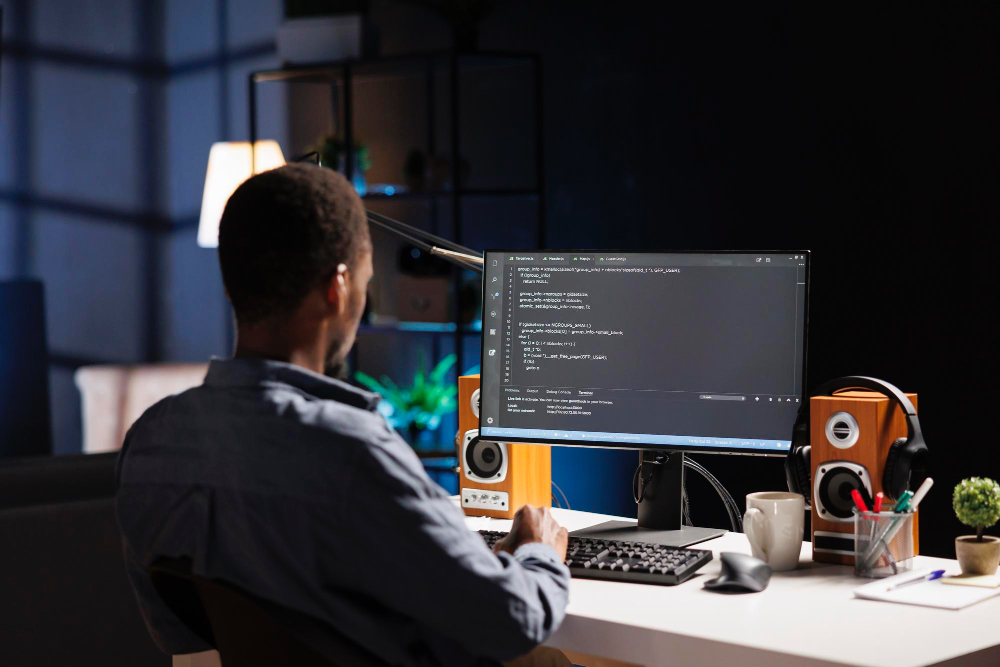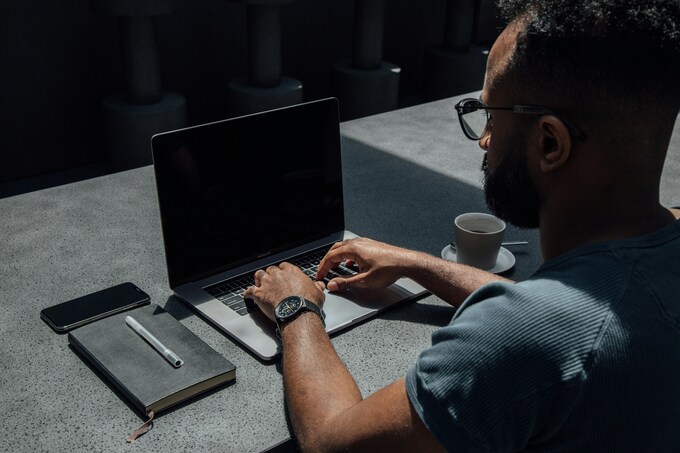
The culinary world is experiencing a revolution, and at the heart of it lies an innovative AI—ChatGPT. This cutting-edge technology has taken cooking to new heights, blending creativity with data-driven insights. Chefs and home cooks alike are finding inspiration in its vast knowledge base. With ChatGPT by their side, they’re redefining what it means to create food.
Imagine whipping up a dish that combines flavors from around the globe or crafting a menu that caters perfectly to dietary preferences—all with the help of an intelligent assistant. As we dive deeper into how this remarkable tool is reshaping global cuisine, you’ll discover just how exciting the intersection of technology and gastronomy can be.
How ChatGPT is being used in the culinary industry
ChatGPT is making waves in the culinary world. Chefs and food enthusiasts are turning to this AI tool for inspiration like never before.
Restaurants use it to brainstorm unique menu items. By inputting specific ingredients, they receive creative combinations that might not have been considered otherwise.
Home cooks find joy in personalized recipe suggestions. Whether it’s a quick dinner or an elaborate feast, ChatGPT helps tailor dishes based on dietary preferences and available ingredients.
Food bloggers leverage its capabilities for content creation, generating engaging posts about recipes and trends with ease. The tool aids in crafting captivating narratives around food experiences as well.
Additionally, culinary schools incorporate ChatGPT into their curriculum. Students engage with the technology to explore modern cooking techniques while honing their creativity through digital collaboration.
Benefits of using ChatGPT for recipe creation and menu planning
ChatGPT offers a fresh approach to recipe creation and menu planning. Its ability to analyze vast amounts of culinary data means it can suggest unique flavor combinations that chefs might not consider.
This AI tool adapts recipes based on dietary restrictions or personal preferences, making meal prep inclusive for everyone. Whether you’re vegan, gluten-free, or simply trying to reduce sugar intake, ChatGPT provides tailored options that meet specific needs.
Additionally, its capacity for rapid iteration allows chefs to experiment with different ingredients in real time. This accelerates the creative process and encourages innovation in the kitchen.
Time-saving is another significant advantage. Instead of spending hours brainstorming dishes or scouring through cookbooks, users can quickly generate ideas with just a few prompts. The efficiency translates into more time spent enjoying food rather than merely preparing it.
Examples of successful dishes created with ChatGPT’s assistance
Chefs around the world are embracing ChatGPT for culinary creativity. One standout dish is a fusion taco that combines traditional Mexican flavors with Korean barbecue. The result is a mouthwatering explosion of taste that surprises and delights.
Another intriguing creation is a vegetarian paella, crafted through an interactive dialogue with ChatGPT. It expertly balances seasonal veggies, saffron-infused rice, and spices to capture the essence of Spain while accommodating dietary preferences.
A dessert that has wowed diners is the lavender-infused panna cotta. Here, ChatGPT guided pastry chefs in harmonizing floral notes with creamy textures, creating an elegant finish to any meal.
These examples highlight how AI can inspire innovation in unexpected ways. Each dish showcases not just technique but also imagination—a testament to what collaboration between human chefs and AI can achieve.
Challenges and criticisms of using AI in cooking
The rise of AI in cooking isn’t without its drawbacks. One major concern is the lack of human touch. Cooking is an art, shaped by culture and personal experiences. Many argue that a machine can’t replicate this essence.
There are also questions about originality. With algorithms generating recipes based on existing data, some fear creativity may be stifled. Dishes could become formulaic rather than inspired.
Another issue lies in ingredient choices. AI might suggest combinations that don’t resonate with certain palates or dietary restrictions, potentially alienating diners.
There’s the ethical dilemma regarding job displacement in kitchens worldwide. Chefs worry about being replaced by machines as restaurants embrace technology for efficiency and cost-effectiveness.
These challenges highlight the need for balance between innovation and tradition in culinary practices.
The future of cuisine with ChatGPT’s technology
The culinary world is on the brink of transformation, largely due to advancements in artificial intelligence like ChatGPT. As chefs and home cooks increasingly turn to AI for inspiration, we can expect a dynamic shift in how recipes are created and menus are designed.
Imagine a restaurant that uses ChatGPT not just as a tool but as an integral part of its creative process. Chefs could collaborate with AI to explore diverse flavor combinations or even adapt traditional dishes into modern interpretations. This collaboration might lead to cuisine that reflects global influences while catering to local tastes.
As technology improves, personalized dining experiences may become commonplace. Imagine receiving meal suggestions tailored specifically to your dietary preferences and restrictions without compromising taste or experience. The integration of AI in cooking could also promote sustainability by suggesting ingredient swaps based on seasonality or availability.
This future will require careful consideration around authenticity and creativity. There’s something irreplaceable about the human touch in cooking—the stories behind family recipes and cultural heritage have immense value that algorithms can’t replicate fully.
As we embrace these technological innovations, we’ll need to balance efficiency with tradition. It will be fascinating to see what emerges from this intersection of human skill and machine learning—a new chapter in global cuisine awaits us all.

